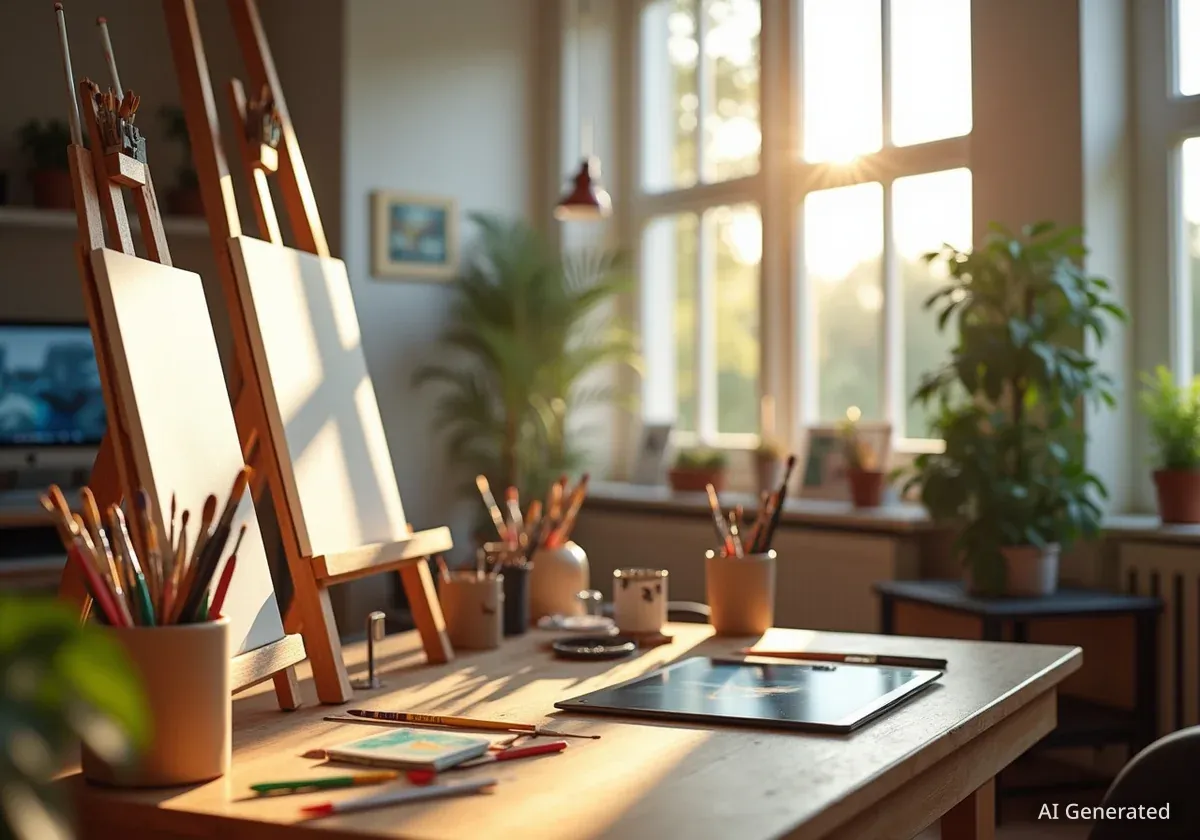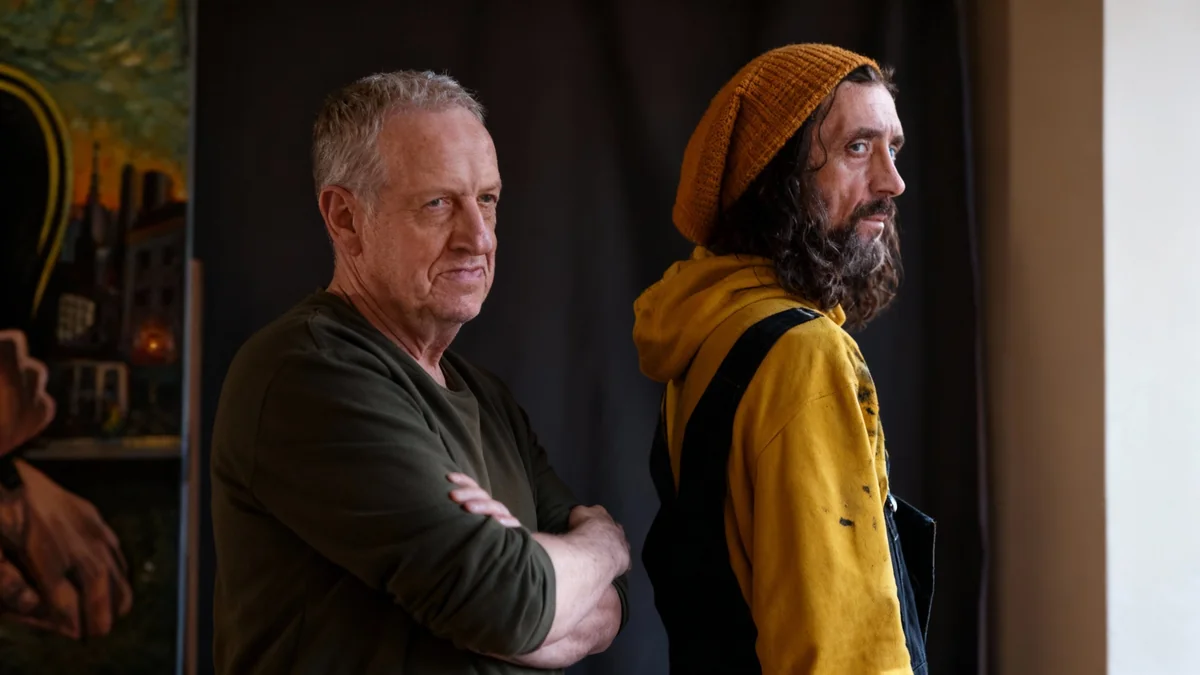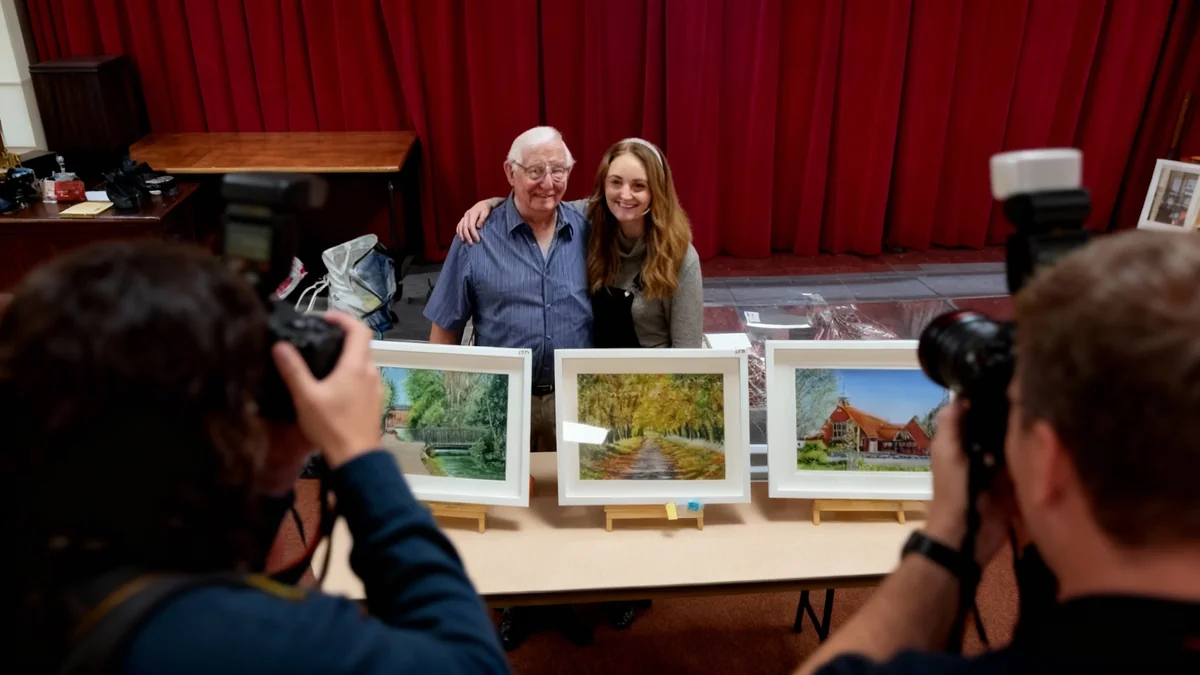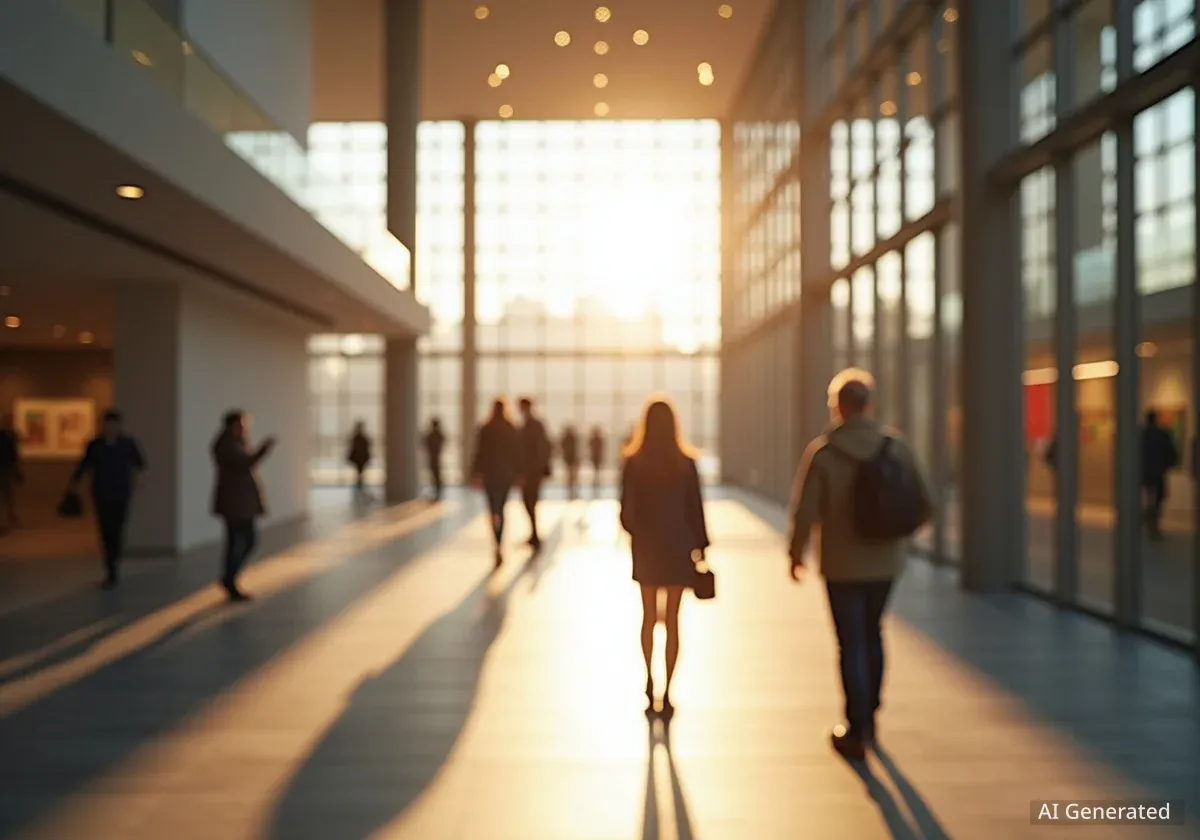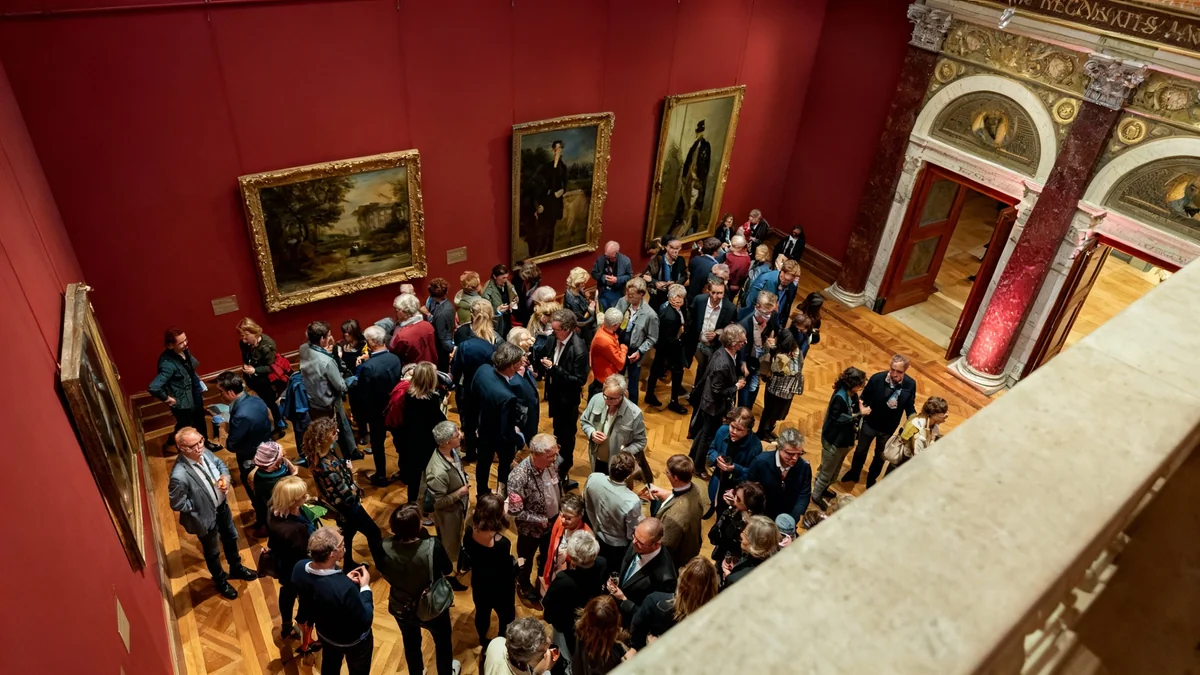Artist and designer Geizi Guevara has created a highly functional and personal art studio in Los Angeles. This workspace is designed to support a range of creative activities, from traditional inking to digital design and content creation. Guevara emphasizes that the studio's purpose is to foster creativity and provide a space artists want to return to, rather than just look good for social media.
Key Takeaways
- Geizi Guevara's Los Angeles studio blends traditional and digital art tools.
- The space is organized to maximize functionality and personal inspiration.
- Lighting and music are key elements in Guevara's creative process.
- The studio reflects a philosophy of creating a workspace that truly fuels artistic work.
A Multifaceted Creative Hub in Los Angeles
Geizi Guevara's studio serves as a central point for his diverse artistic projects. The compact space in Los Angeles is organized to hold numerous tools, personal mementos, and ongoing inspirations. Guevara works on various tasks here, including character inking, toy design, and filming content for collaborations.
After long periods of digital work, Guevara often turns to traditional tools. This shift helps him relax and reconnect with fundamental art techniques. The studio supports both modern and classic approaches, allowing for a smooth transition between digital platforms like Photoshop and Procreate and traditional red-pencil sketches.
Studio Focus
- Location: Los Angeles
- Primary Activities: Character inking, toy design, content creation
- Work Style: Blends traditional and digital art
Core Elements of the Workspace
The drafting table is a central feature of Guevara's studio. Most of his ink work happens at this tilted table. A collection of markers, organized by color, is always within easy reach. An iPad dock is positioned nearby, allowing for quick transitions between digital sketching and traditional art applications.
Guevara's tool tray holds essential items for his daily work. These include mechanical pencils and brush pens. He often begins projects with a red pencil. One specific pen, used more than any other tool, has a custom base. This base features a figure designed by Keos Masons, a digital sculptor Guevara admires.
"I’ve always believed your workspace should reflect what fuels your creativity. Mine is a compact, ever-evolving hub based in Los Angeles, where every inch is either stacked with tools, lit up with personality, or displaying a piece of my journey." – Geizi Guevara
Photography is another creative outlet for Guevara, separate from drawing. His camera lenses are not just equipment; they are tools for training his eye. He uses them to explore light and practice composition in real-life settings. This practice enhances his overall artistic skills.
Inspiration and Personal Touches
The walls of Guevara's studio are covered with art and inspiring items. Some pieces are his own work, while others come from artist friends or past collaborations. A framed Wakanda Forever print hangs above his desk. This print is from one of the last Marvel board games Guevara art-directed. He views it as a symbol of strength, culture, and legacy.
A collection of vinyl toys and books also fills the space. These items serve as reminders of his artistic journey and where he began. One vinyl toy, Kuta, sits atop his marker tower. It reminds him of the bold style of Sean Galloway, also known as Cheeks-74, a significant creative influence.
Artistic Influences
Guevara draws inspiration from various sources. These include:
- Keos Masons: Digital sculptor
- Sean Galloway (Cheeks-74): Character artist
- Marvel board games: Past art direction projects
- Pop culture: Such as the 'Peaches' song, which inspired a character reimagining.
Balancing Work and Personal Rituals
Guevara describes himself as a morning-to-late-night artist. He often starts his workdays at sunrise with coffee and continues until late. His Apple Watch sometimes indicates he has stood up only once during an entire day, highlighting his deep focus.
A specific corner of the studio holds art books, graphic novels, animation bibles, and collectibles. Many prints are signed pieces from artists he admires, collected over years at conventions. A trio of DC heroes, a gift from Warner Bros. Studios, is also present. Guevara art-directed the visual branding for their 2018-2020 master toy line.
The Role of Lighting and Sound
Lighting is a crucial element in Guevara's studio. A custom LED rig provides a warm glow, which helps him film content without harsh shadows. RGB accent lights change with his mood or project. For example, blue light is used for focus, while red light is for storytelling sequences.
Musical rituals are essential before Guevara starts serious drawing. He typically begins with nostalgic music, like video game intros. The Legend of Zelda music often helps him get into a focused state. Retro hip-hop is another genre he uses. He has learned to embrace these personal rituals rather than force a rigid routine.
Lighting and Mood
- Warm LED Rig: For filming without shadows.
- Blue RGB Light: For focus.
- Red RGB Light: For storytelling sequences.
The Importance of a Personal Space
The studio is intentionally not perfectly organized. Every pen, toy, and sketchbook in the space has earned its place. This reflects Guevara's belief that a workspace should be functional and personal, not just visually appealing for external audiences like Instagram.
A yellow chair in the studio serves as a reset spot. Guevara uses it to step away from screens, flip through art books, or sketch for enjoyment. His dog often joins him here, making it a quiet area for creative pauses when the day becomes too busy. This space helps him maintain his well-being and creative flow.
An easel in the studio displays one of Guevara's proudest achievements: his cover for ImagineFX’s Sketchbook Special. He framed the pencils used for this project alongside the published version. This display honors both the artistic process and the final outcome. It also serves as a reminder of his progress as an artist.
Guevara's main lesson from working in this studio is to create a space that genuinely makes an artist want to return. He believes that focusing on personal comfort and inspiration, rather than external appearances, ultimately benefits the art itself. This approach helps maintain a consistent and fulfilling creative practice.
